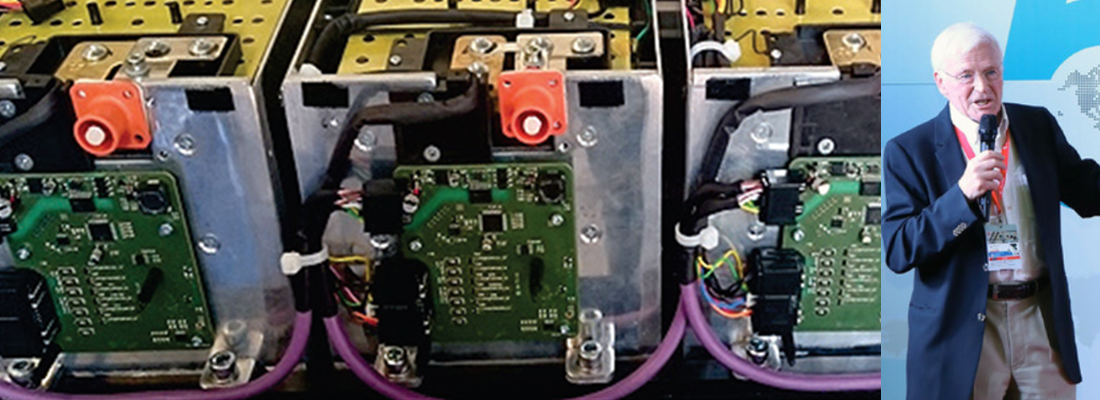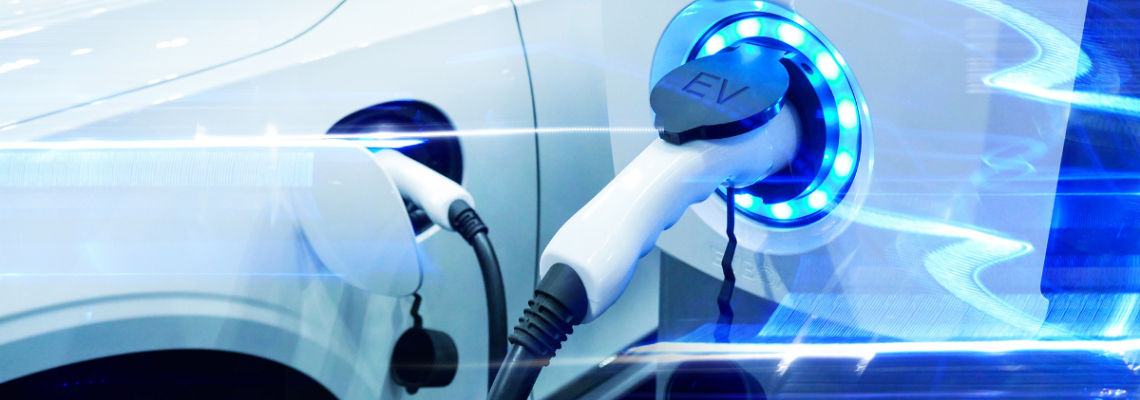Retrofitting cars: a new sustainable way to enter the electric vehicle market
Retrofitting cars: a new sustainable way to enter the electric vehicle market
The automotive world is experiencing a period of profound change, from the difficulty in finding raw materials to the band of ICVs to the boost of electric vehicles and, these recent years, to the retrofit technology that converts petrol/diesel into electric cars, all with a focus on the environment. Retrofitting is an innovative system to enter the world of BEVs while saving money compared to a BEV on the market. Initially, it was designed to transform classic cars, but currently, it is a real driving force to enter the world of BEVs.
A clever idea to enter the electric
Many automobile owners believe that retrofitting electric cars is a reasonable way to get electric cars without having to spend money on brand-new ones. In addition, retrofitting is becoming more and more popular as a means of extending the comfort and functional life of an existing vehicle after it has served its purpose. It gives used cars a second chance at life and lowers CO2 emissions as part of the move to electric vehicles. The public appears to have a lot of opportunities due to the conversion's intense competition. Many motorists out there merely lack the funds to purchase a brand-new vehicle. They have been using their vehicles for many years and have no desire in shelling out a lot of money for a new one. They will need to find a solution, and this could be a very excellent one, as the mobility limits increase (in terms of considerably higher rates and restrictions on the usage of ICE vehicles).
European laws
Europeans are being compelled to buy electric cars due to both local bans on ICVs in city centres and EU laws that make ICVs costly. In addition, despite their high current cost, substantial taxpayer subsidies are provided for electric vehicles. Each country in Europe has its unique set of laws. For instance, the conversion is initially only accessible for vintages and small vehicles like as the Fiat 500, Renault Clio, Twingo and Kangoo van, and BMW Mini in France, one of the countries that have invested the most in this area. The reduction of conversion price is expected to be about €5,000. The cost of the least expensive battery-electric vehicle (BEV) is at least triple that. The conversion or retrofitting of a car to electric power is permitted under French regulations and many other European countries, however, there are some restrictions.
As for France, the internal combustion vehicle must be roadworthy, registered in France, and older than 5 years to be converted to electric. Batteries have a 5-year or 100,000 km warranty, and retrofit has a 2-year, unlimited mileage warranty. The conversion offers a maximum speed of 110 km/h and a range of 100 km, or just over 60 miles (just under 70 mph). That is perfect for a city car that will only be used for local transportation, running kids to and from school, and shopping.
The future of retrofitting
Many European nations are seeing improved conditions. These conversions are now permitted by new restrictions. The market is growing rapidly and will always complement the demand for new cars. The goal is to convert 100,000 automobiles in the EU in 5 years and 10,000,001 globally by 2035. The goal is international. To develop quickly, EU industries created a generic retrofit unit that can be customized for a wide range of cars. Fiat 500s and Minis have already undergone retrofitting in the US. This will also apply to small automobiles made by Toyota, GM, and Honda in the upcoming years. According to Aymeric Libeau, CEO of Transition-One, a start-up that converts gasoline and diesel automobiles into electric vehicles, this amounts to several million vehicles.
He claims that the concept also aims to prevent cars from being thrown away as soon as they become uncomfortable. Their useful life will be increased through retrofitting. By swiftly enacting regulations that make retrofitting simple, as happened in France, the EU may aid in hastening the process. Crash testing is not necessary because the addition of technology does not affect how safe the cars are.
A new market, a new opportunity for remanufacturing
The rise in worldwide auto sales is a key driver boosting the electric vehicle market. Due to car manufacturers’ emphasis on converting older vehicles to electric vehicles, the automotive retrofit electric vehicle powertrain market is anticipated to expand internationally. The demand for electric vehicle powertrains for modified cars is expected to rise as more nations around the world implement various emission-related rules and regulations. Due to the rising demand for automatic transmissions in cars to improve driving comfort and the fact that retrofit electric vehicles don't require gears, it is projected that the market for automotive retrofit electric vehicles will expand, as well as for remanufacturers.
Not only for individual automobiles
Not only may individual automobiles be retrofitted; but some businesses in Germany are also switching buses to electric driving. Many nations began using the practice of retrofitting on a specific type of vehicle: older vintage cars. A businessman from Toronto founded a company that converts high-end antique cars like Porsches and Jaguars into entirely electric vehicles. Depending on the level of customization, the conversion takes roughly two months and costs between €24,000 and €80,000. All combustion-related parts, from the exhaust to the engine, are removed as part of this process and are swapped out for a more streamlined, customized electric drive unit. He is currently advocating for the deployment of this device in bus and company car fleets in other nations.





